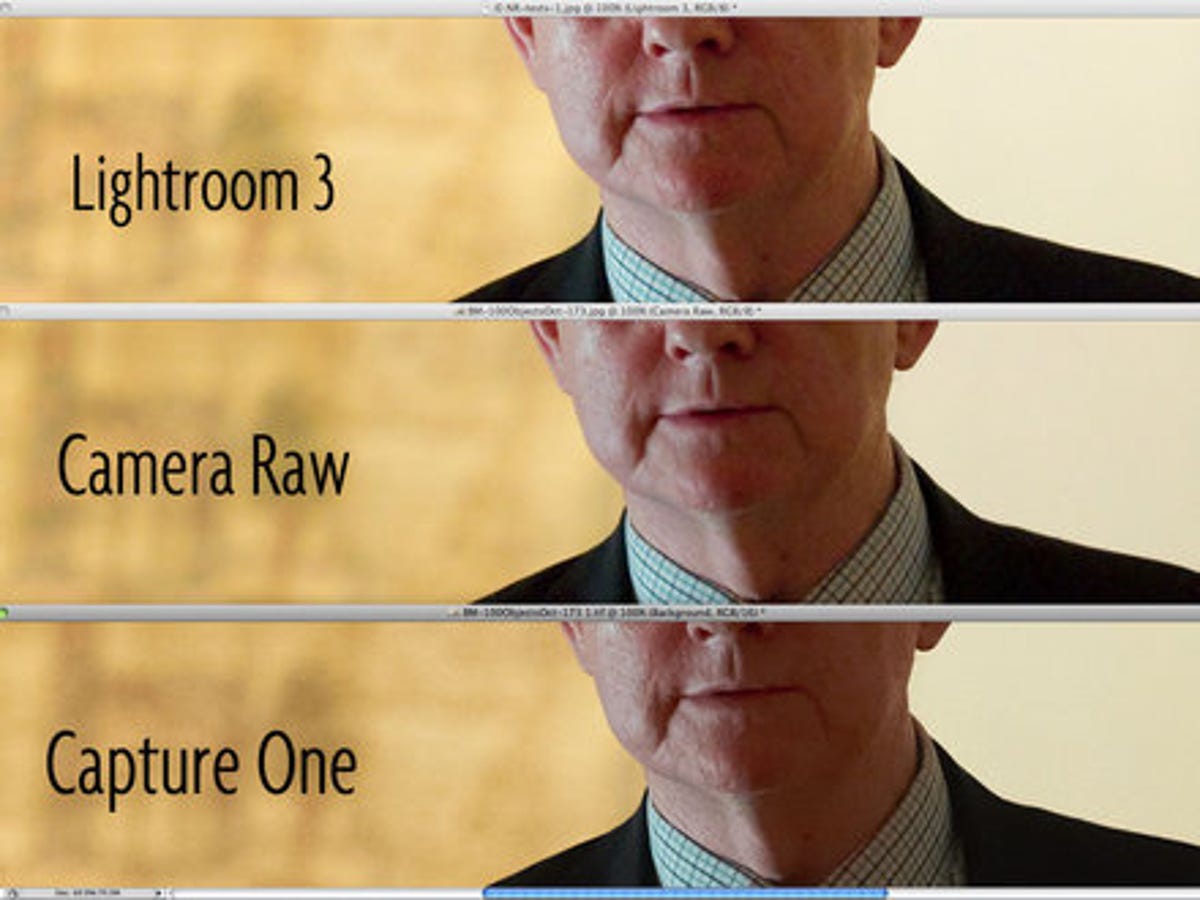 Why You Can Trust CNET
Why You Can Trust CNET Adobe Photoshop Lightroom 3 review: Adobe Photoshop Lightroom 3
Focused firmly on what a photographer needs, Adobe Photoshop Lightroom 3 manages to keep up with, and sometimes outdo, more expensive image-editing software.
If you shoot photos in the raw format, whipping them into shape can be a challenge. Instead of flogging the Photoshop workhorse to process your files, you might like to take Adobe's cheaper, streamlined Photoshop Lightroom 3 software by the scruff of the neck instead. You'll be finished batch processing long before lunchtime and have saved enough money to dine out.
The Good
The Bad
The Bottom Line
Lightroom 3 is available from Adobe for £233 for Windows and Mac, or £75 if you're upgrading. If you look around online you can find the full version for around £180.
Lean, mean editing machine
Lightroom is aimed squarely at photographers, rather than graphic artists, animators and other types of Photoshop fans. It doesn't have all the bells and whistles that Photoshop does, which can be a good thing -- we've never used the slice tool or 3D-walk-view tool in Photoshop, for example. What you do need, and what you get, are pre-loaded lens-correction profiles and superior noise-reduction modules.
The lens-correction profiles in Lightroom are particularly good at saving you precious time. All lenses have defects, even the very expensive ones. But Lightroom can recognise the lens you've used and load up a correction profile to automatically fix barrel distortion, colour aberration and vignetting. For older lenses that don't have a profile, we tried using a profile for a similar lens from the same manufacturer and still got a decent result.
You also have the option of making your own lens profile by playing with the distortion, colour aberration and vignetting values yourself, but we prefer to let an Adobe boffin in a Pantone white coat do it for us.
If you're shooting where flashes are banned, having Lightroom at home will make you feel free to wind up the camera's ISO and shoot into the gloom. Lightroom handles digital noise very well indeed, so those rogue brighter sets of pixels in dark areas and blotchy areas in lighter tonal gradients can be tamed. We also like the fact that Lightroom armed us with the option to control luminance and colour with more precision than Adobe Camera Raw.
Spoilt for choice
Lightroom has a few excessive features. For example, we think the option to add effects like film grain is a slippery slope -- next there'll be a module for people who've forgotten to take off the lens cover. Tweaks like this should be left to Photoshop, or, better still, buy some film.
Nevertheless, some of the software's more advanced features are well worth having. Shooting tethered -- photographing directly into the computer -- was once just the domain of more professional software like Capture One. Lightroom can tether with some of the higher-end Nikon and Canon cameras and still comes in cheaper.
In our tests, Lightroom also had the edge in noise reduction. It performed the tricky task of toning back bright pixel noise in smooth tonal areas, while still keeping detail sharp.

One advanced feature we missed was the ability to listen to the audio image data associated with our photos. We couldn't find a way to hear the WAV files that our Nikon camera can record along with each photo, which is a quick and easy way to take notes while shooting.
Good to the last drop
Once you've finished creating a folder of photographic masterpieces, you may think the fun is over, but Lightroom has plenty more treats in store. Making contact sheets and Flash-based Web galleries is a piece of cake, thanks to the pre-set packages on offer.
You can also publish your pics straight to Facebook, Flickr and SmugMug, which makes it easier to share your work with the rest of the world, rather than hide it in a corner.
Conclusion
Adobe Photoshop Lightroom 3 is one of the cheaper image-editing applications, but it doesn't compromise on useful enhancement tools or output quality. It's a winning formula for both the serious amateur and professional photographer, and will help you squeeze better results out of your photos in less time than ever.
Edited by Charles Kloet
